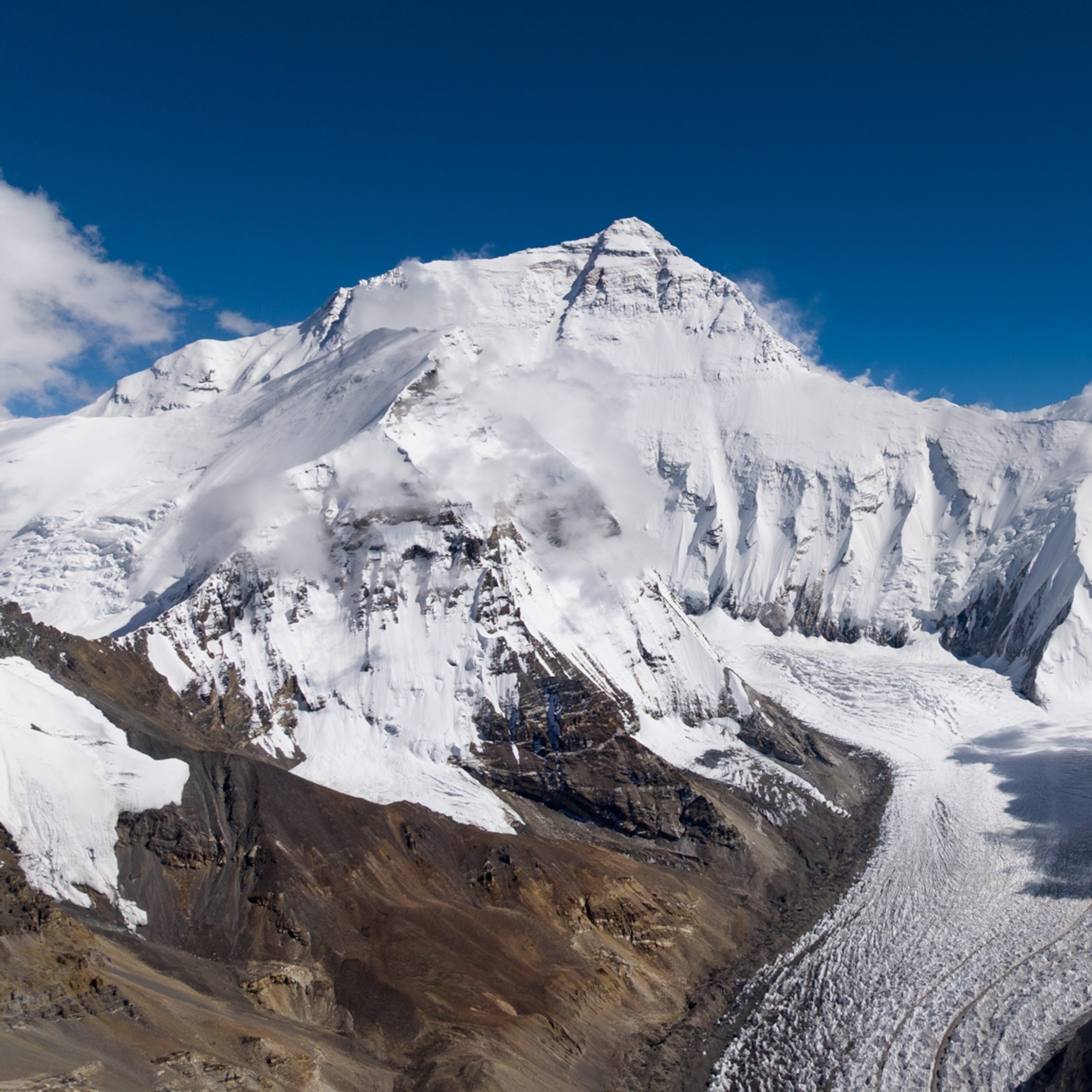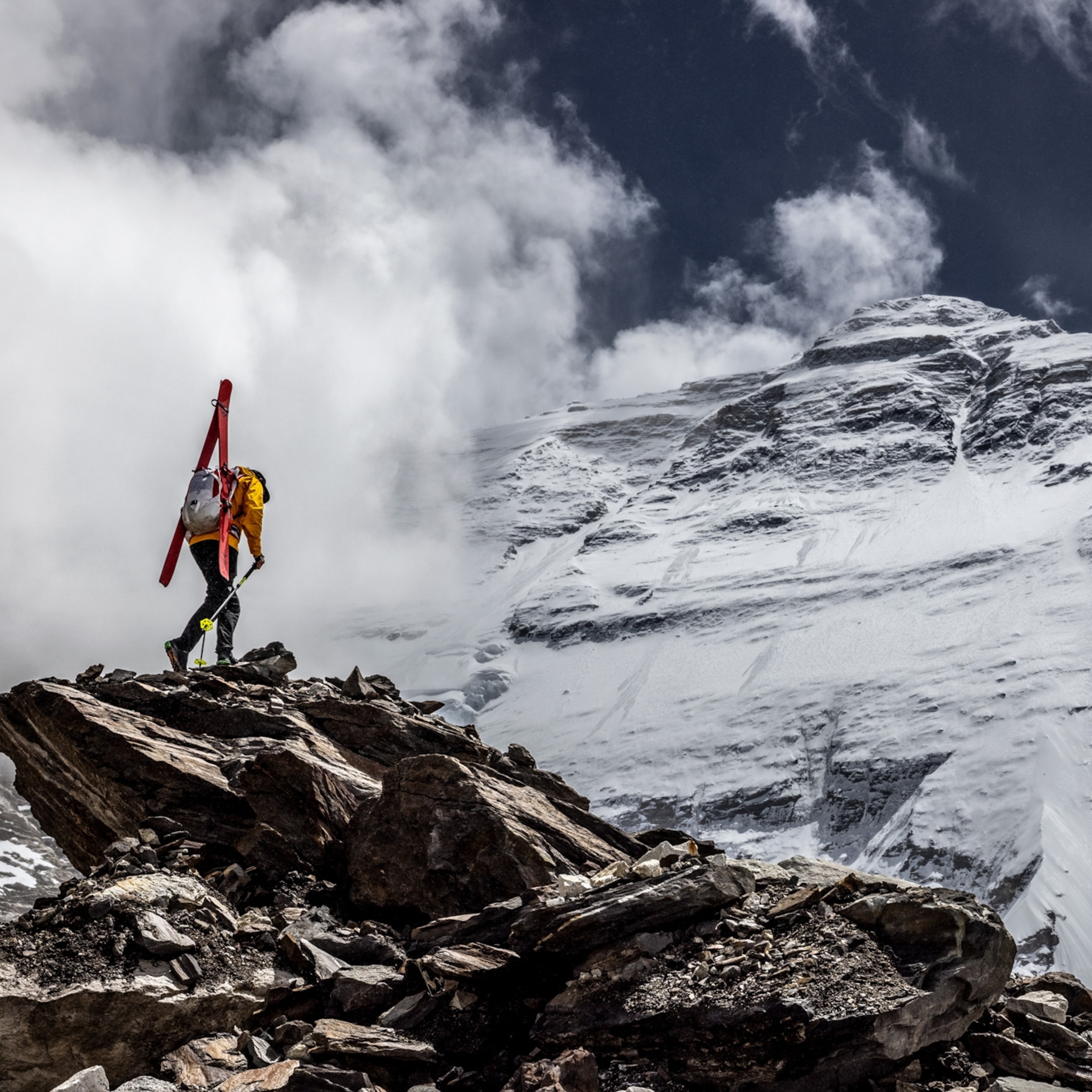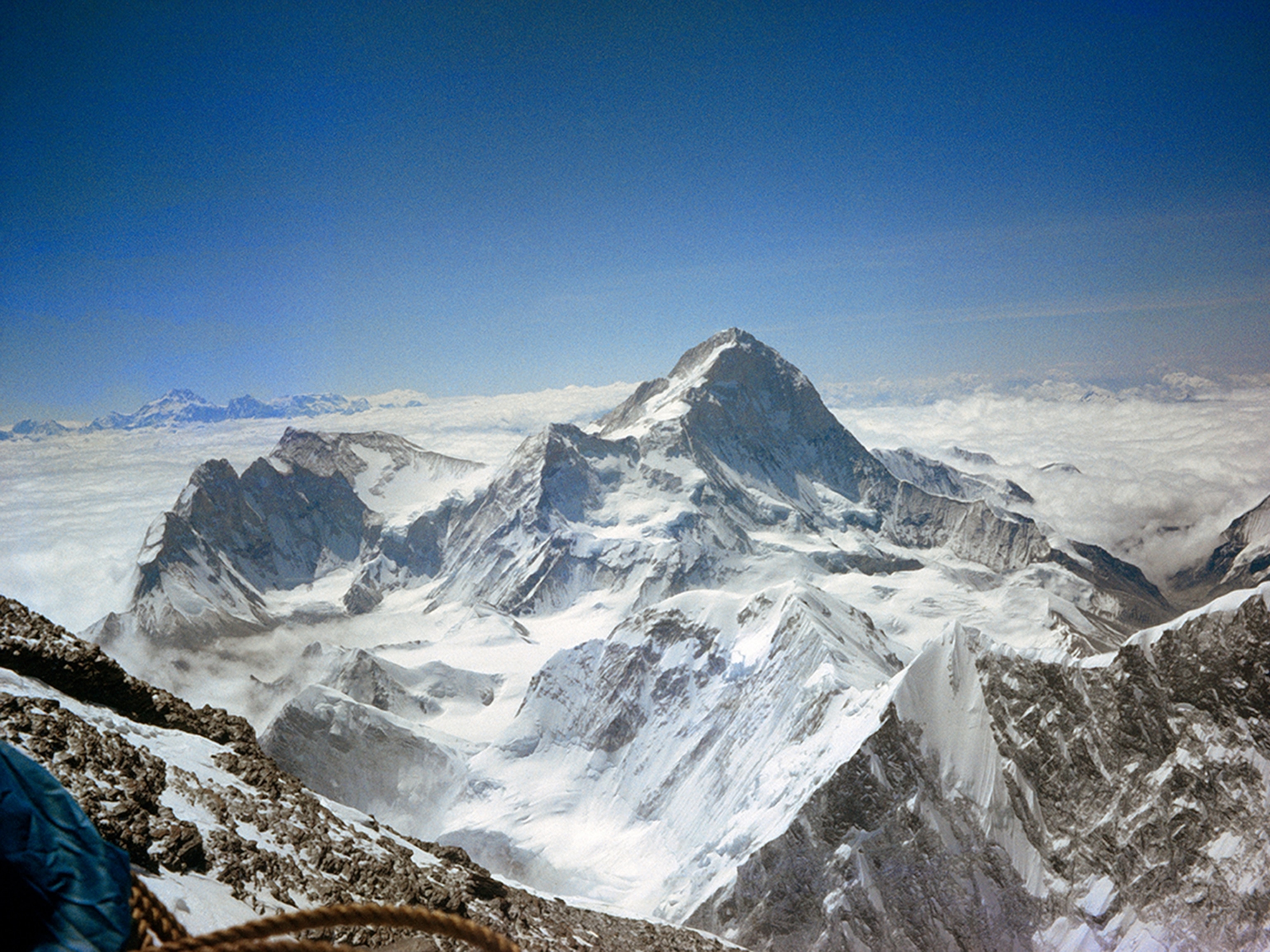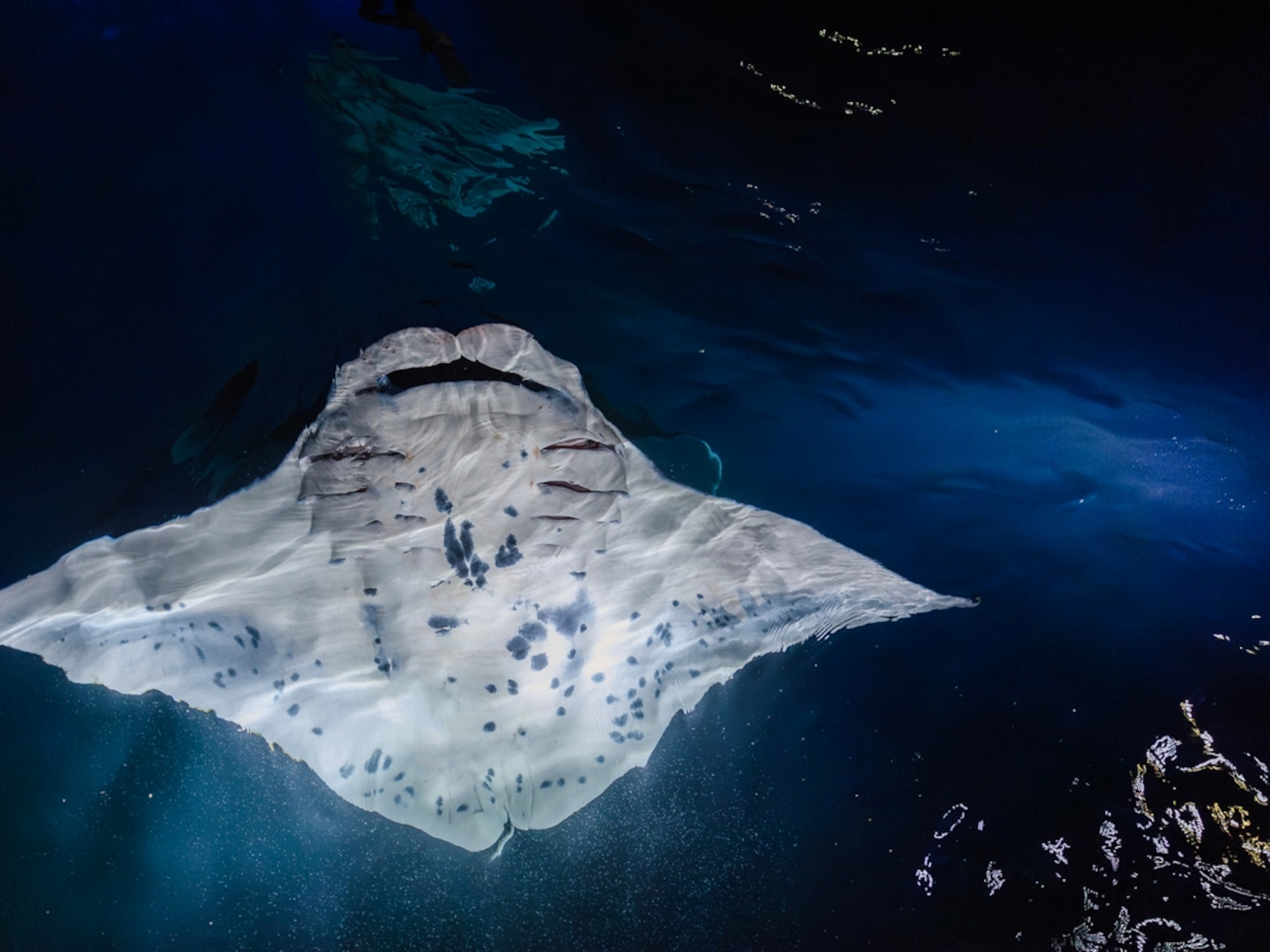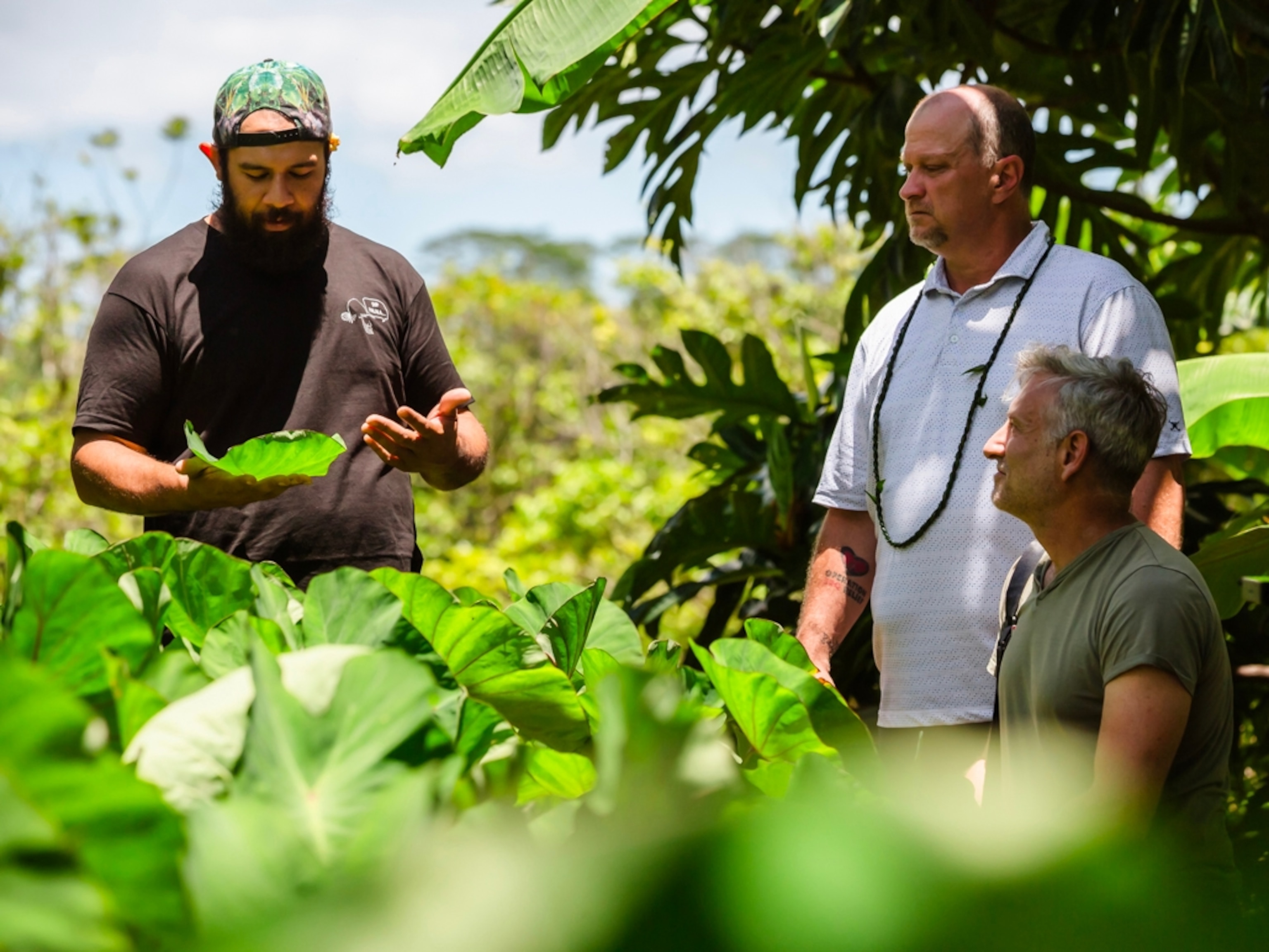
Russian Adventurer Completes Round-the-World Ballooning Record
He’s climbed the highest mountains, sailed around the world four times, crossed the Pacific in a rowboat, and reached both poles. Now, a 64-year-old Russian priest is trying to break a 14-year aviation record by circumnavigating the world solo in a balloon.
After 11 days of living in a non-pressurized carbon fiber capsule at altitudes that tower over the summit of Mount Everest, riding winds that are cresting speeds of more than 150 miles (240 kilometers) per hour, and battling subzero temperatures, Russian adventurer Fedor Konyukhov, 64, has set a new world record for the fastest time around the world, solo, in a balloon.
He is only the fourth person ever to circumnavigate the planet in a balloon, and the second person to do it both solo and in a non-pressurized capsule. Upon landing in an idyllic farm paddock just outside of the Western Australian town of Bonnie Rock around 5 p.m. local time (5 a.m. EST) Saturday, July 23, Konyukov completed his 33,000-kilometer (20,506-mile) journey in just over 11 days.
That is more than two days faster than the previous record set by the late American aviator and businessman Steve Fossett in 2002.
Throughout the duration of his trip, Konyukhov has overcome one harrowing circumstance after another, all of which have kept him awake and working hard for 20 to 22 hours a day.
According to a statement issued on Monday by his son, Oscar, who is also the project flight director, “It has been a difficult time … but my father is an adventurer and together with us, his team, we are totally focused and determined to work very hard to attempt to break this world record.”
The Greatest Living Adventurer?
Konyukhov is an ordained Eastern Orthodox priest, a writer, a widely renowned artist of 3,000 paintings, and arguably the greatest living adventurer today. The sheer breadth of his insatiable, lifelong thirst for adventure has seen him to the top of all Seven Summits (the highest points on each of the seven continents), to the North and South Poles, and to the Pole of Inaccessibility in the Arctic Ocean. He’s sailed around the world four times, always around the fearsome Cape Horn. And over 160 days, he crossed the Pacific Ocean, unsupported and unassisted, in a rowboat.
The idea to circumnavigate the world by balloon first captured Konyukhov’s imagination in 1992 while he was stationed at Everest Base Camp, preparing for his first of two successful ascents of the world’s tallest mountain.
“I heard talk [in Base Camp] of a flight the year before over Mount Everest by balloon,” he said in a recent interview. “Since that time I’ve been working towards my dream to fly around the world in a balloon. I have worked on this project for the last 23 years.”
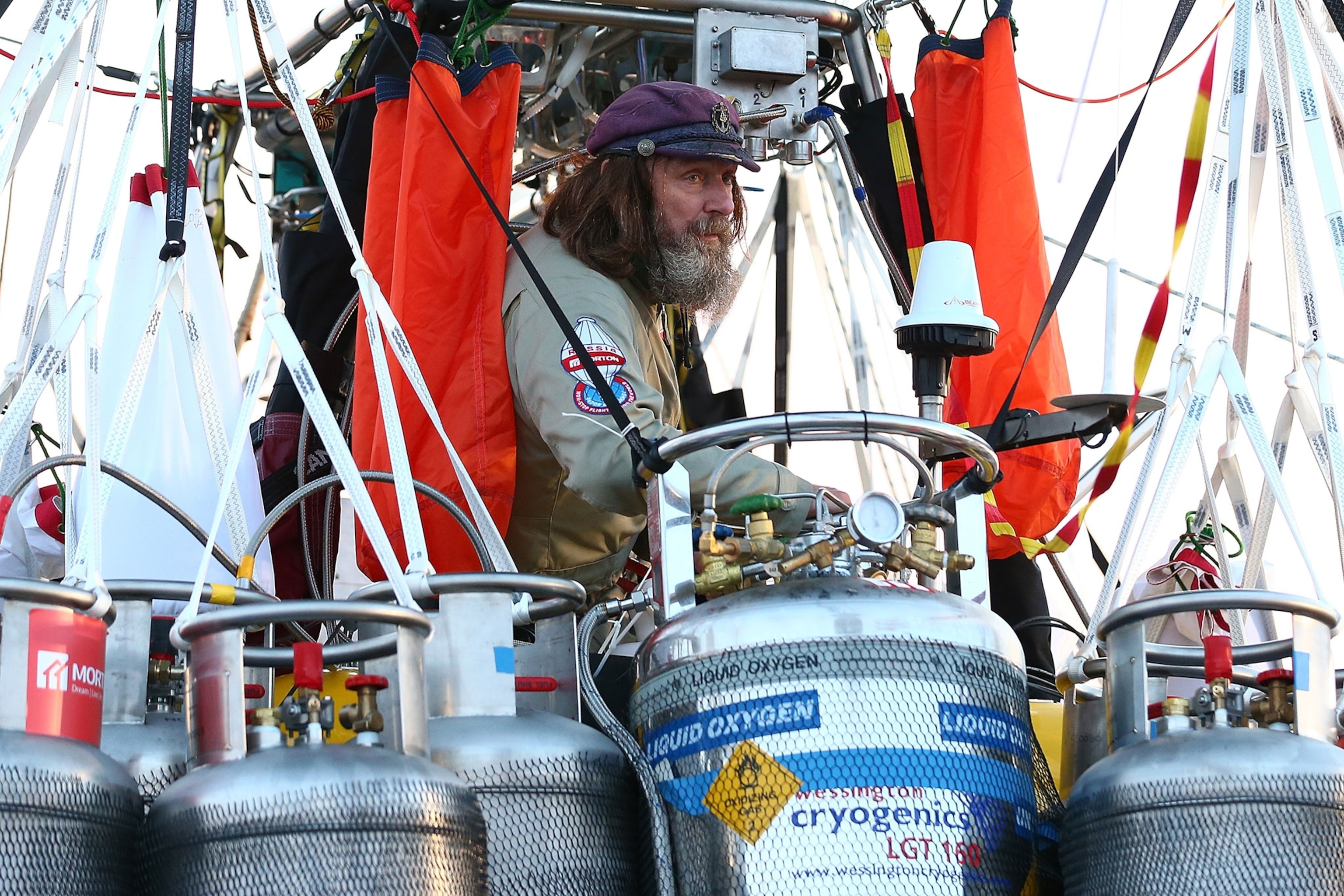
So far, this dream has revealed itself to be one of Konyukhov’s greatest challenges yet. Over the last 11 days, he has had to overcome numerous obstacles and snafus, including bobbing and weaving through extremely large and turbulent thunderstorm clouds, dealing with a potentially life-threatening problem involving a frozen oxygen tank valve, and being struck by a storm cell that iced over his balloon and added hundreds of kilograms of unwanted weight.
According to an update on the Cameron Balloons Ltd. website, the manufacturer of Konyukhov’s balloon, “Fedor’s sailing experience has been invaluable,” in terms of largely avoiding a few very unstable air masses. “He has taken bearings on the cloud he has wanted to avoid and has steered clear of the weather-systems by descending to travel in other wind-layers, which have taken him around the worst of the weather," the company wrote.
Over the Indian Ocean, three quarters of the way into his journey, Konyukhov faced the biggest storm yet, with no way to avoid it. Working with David Dehenauw, a world-class meteorologist from Belgium (who was also part of Steve Fossett’s team in 2002), Konyukhov realized that flying over the storm clouds would be impossible and the only option was to charge directly into the teeth of the storm. What ensued was a scary situation in which lightning flashed all around Konyukhov’s balloon for hours—a strike could’ve easily sent the balloon crashing into the ocean.
The storm then carried Konyukhov far to the south, bring him dangerously close to Antarctica. At this point, the heater in his balloon gave out and Konyukhov shivered through a night at an altitude of around 7,500 meters with temperatures dipping down to -30 C.
Konyukhov, in communication with is team, reported that he was, at this point, in “survival mode.”
Up, Up, and Away
Konyukhov launched his balloon, dubbed Morton, on July 12, 7:30 a.m. local time, from the Northam airport, about 60 miles (95 kilometers) north of Perth, Australia. This is the same location that Steve Fossett began his historic bid, in a balloon christened the Spirit of Freedom. It’s also during the same weather window, an annual opening between May and September when prevailing trade winds in the Southern Hemisphere move in a reliable eastward direction.
It took Fossett 13 and a half days to complete his circumnavigation by balloon. He had previously tried and failed five separate times before succeeding, speaking to the difficulty of the feat.
- National Geographic Expeditions
Others have since tried to match or beat Fossett’s record, including the billionaire Richard Branson. Last fall, Branson wrote a note to Konyukhov to wish him luck: “Enormously excited about your plans to attempt to circumnavigate the world in a balloon,” he wrote. “Having tried it many times myself (and failed!) I just wanted to wish you a safe journey. Have enormous respect for you and your adventure and will follow it with enormous interest.”
As Fossett did in 2002, Konyukhov piloted a category of balloon known as a Rozière, a “hybrid” balloon that contains separate chambers for helium and heated air. The main advantages of Rozières are that they provide somewhat greater control of buoyancy than strict helium-gas balloons, in which altitude is gained simply by jettisoning ballasts, and they also use less fuel than strict hot-air balloons. In this sense, Rozières represent the best of both worlds.
The Morton balloon, manufactured by the U.K.-based Cameron Balloons Ltd., is likely the most advanced Rozière ever constructed. In total the balloon is 197 feet (60 meters) tall, and boasts a volume of 15,500 cubic meters. Its starting weight was 10 tons, though the Morton was down to four tons by the time it landed.
Konyukhov lived in a carbon-fiber gondola, roughly six feet (two meters) wide and six feet (two meters) tall, which could double as an autonomous life boat in the event of a water landing. During the trip, he often had to crawl outside the capsule to manage hardware, especially during malfunctions. Inside the capsule were supplies, including first-aid supplies, high-calorie food rations, water (two liters per day), and oxygen. There was also a bunk bed and navigation and communication equipment that allowed him to communicate with a team of scientists and engineers who ultimately helped Konyukhov chart his successful course.
Last Monday, Don Cameron, the Morton balloon builder, said, “Fedor is showing his courage and determination. He has already accomplished a huge achievement in aviation. Fedor is approaching the half-way mark too and every mile he does after that, he will be getting nearer his end goal, his family and friends which is a good, positive boost when working hard on a huge flight adventure like this.”
As Konyukhov landed, he was greeted by his team, friends and family with champagne, a ballooning tradition. Now he’s headed off for rest and some fresh, warm meals.
